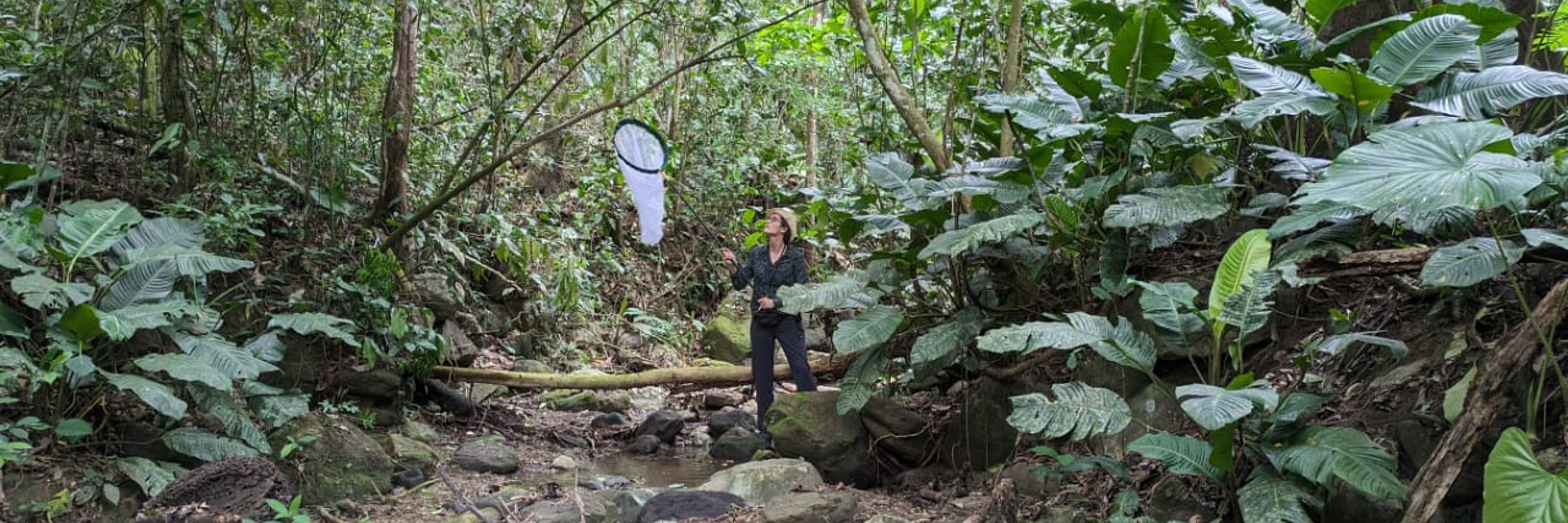
Branco Weiss fellow @University of Cambridge
speciation, genomics, hybridisation
evol.mcmaster.ca/brian/evoldi...


resjournals.onlinelibrary.wiley.com/doi/10.1111/...

resjournals.onlinelibrary.wiley.com/doi/10.1111/...

@projectpsyche.bsky.social www.projectpsyche.org &
@10klepgenomes.bsky.social

@projectpsyche.bsky.social www.projectpsyche.org &
@10klepgenomes.bsky.social

Diary of Anne Frank
January 13, 1943
Diary of Anne Frank
January 13, 1943

Article in French:
www.mnhn.fr/fr/actualite...
Article in French:
www.mnhn.fr/fr/actualite...
The next #PopGroup meeting will take place in Lille 🍟, France, 7–9 January 2026 – just 1 hour by train from London, Brussels, and Paris.
This year, PopGroup will also host ALPHY, the annual meeting of Evolutionary Genomics.
More info: populationgeneticsgroup.org.uk
See you there !
The next #PopGroup meeting will take place in Lille 🍟, France, 7–9 January 2026 – just 1 hour by train from London, Brussels, and Paris.
This year, PopGroup will also host ALPHY, the annual meeting of Evolutionary Genomics.
More info: populationgeneticsgroup.org.uk
See you there !

In our paper out now in @currentbiology.bsky.social we show that the Atlas blue butterfly has 229 chromosome pairs- the highest in diploid Metazoa! These arose by rapid autosome fragmentation while sex chromosomes stayed intact.
www.cell.com/current-biol...
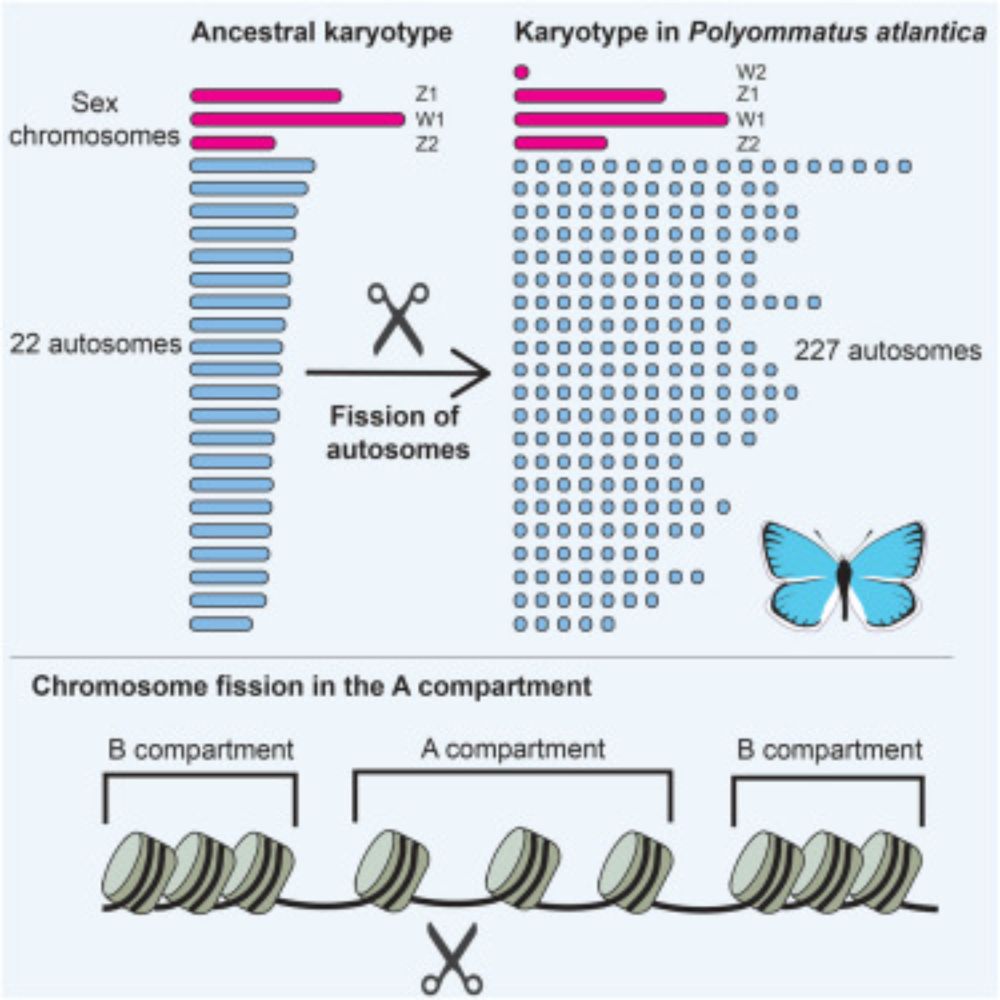
In our paper out now in @currentbiology.bsky.social we show that the Atlas blue butterfly has 229 chromosome pairs- the highest in diploid Metazoa! These arose by rapid autosome fragmentation while sex chromosomes stayed intact.
www.cell.com/current-biol...
BBC Breakfast this morning featured research by PhD candidate Jonah Walker and @joanameier.bsky.social @sangerinstitute.bsky.social
Find out more: bit.ly/3JUL5qF

BBC Breakfast this morning featured research by PhD candidate Jonah Walker and @joanameier.bsky.social @sangerinstitute.bsky.social
Find out more: bit.ly/3JUL5qF
#10KLepGenomes

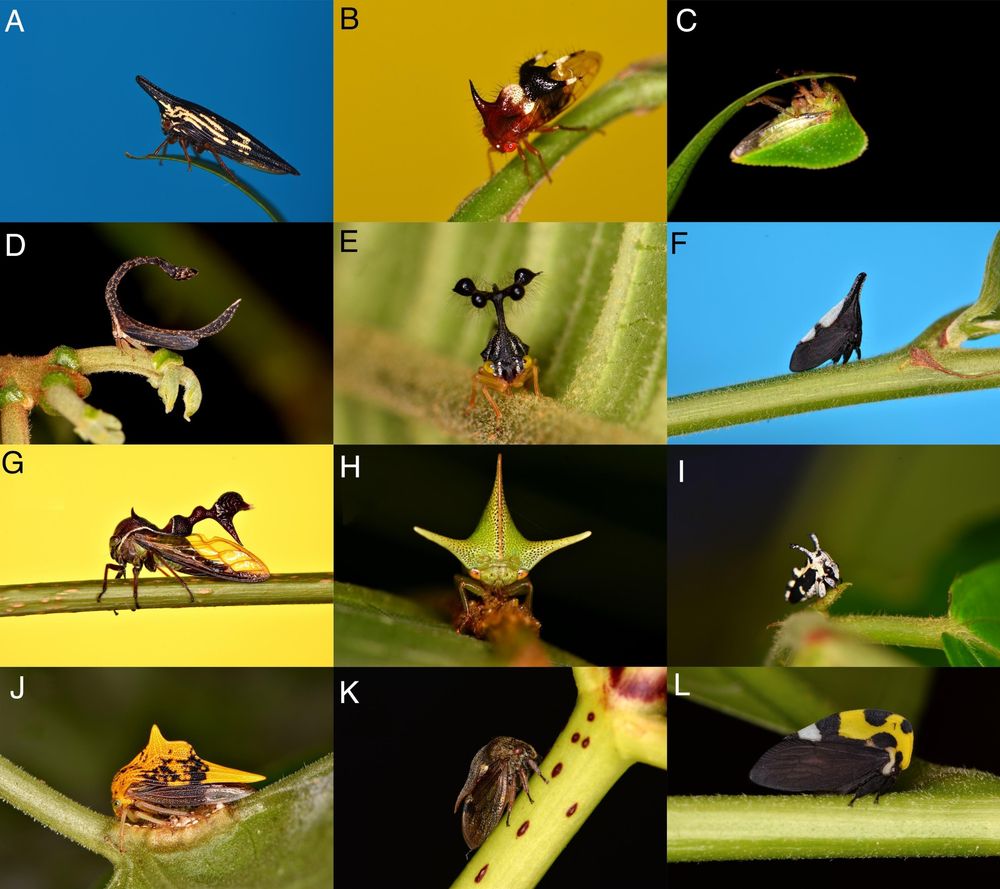
Read more: bit.ly/4oi4XUo

Read more: bit.ly/4oi4XUo
Story:
www.floridamuseum.ufl.edu/science/geno...
Study:
www.pnas.org/doi/10.1073/...
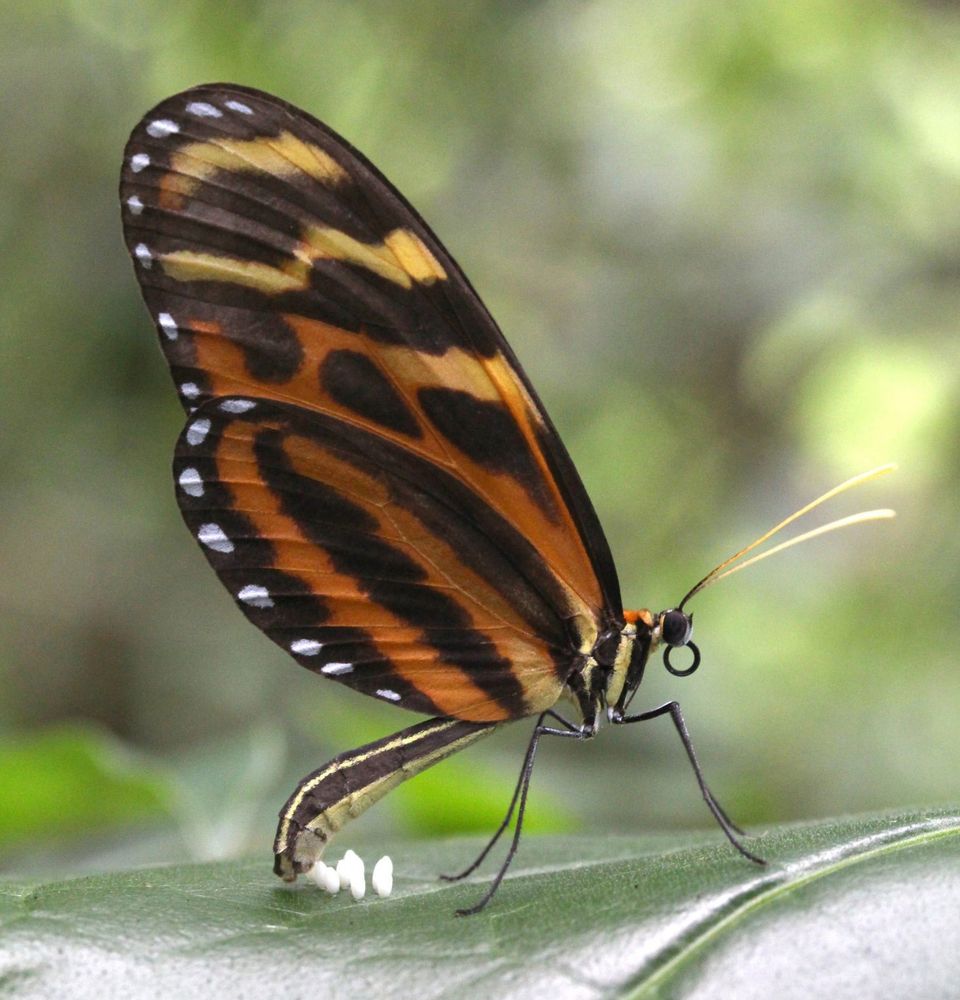
Story:
www.floridamuseum.ufl.edu/science/geno...
Study:
www.pnas.org/doi/10.1073/...

This research helps track biodiversity and reveals genetic insights into how these insects evolve into new species.
sanger.ac.uk/news_item/re...
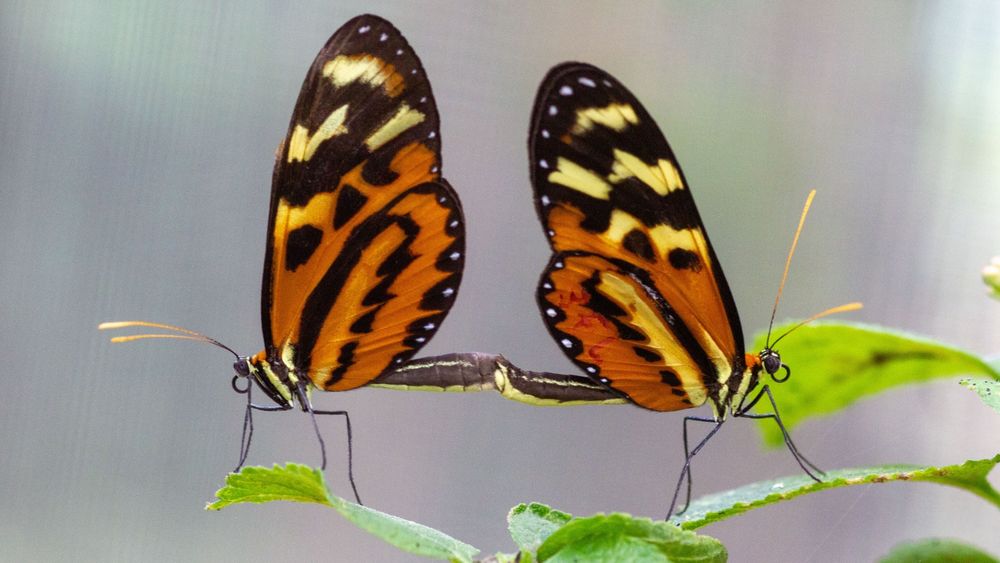
This research helps track biodiversity and reveals genetic insights into how these insects evolve into new species.
sanger.ac.uk/news_item/re...
youtu.be/6jNxgvK0kU0?...

youtu.be/6jNxgvK0kU0?...


